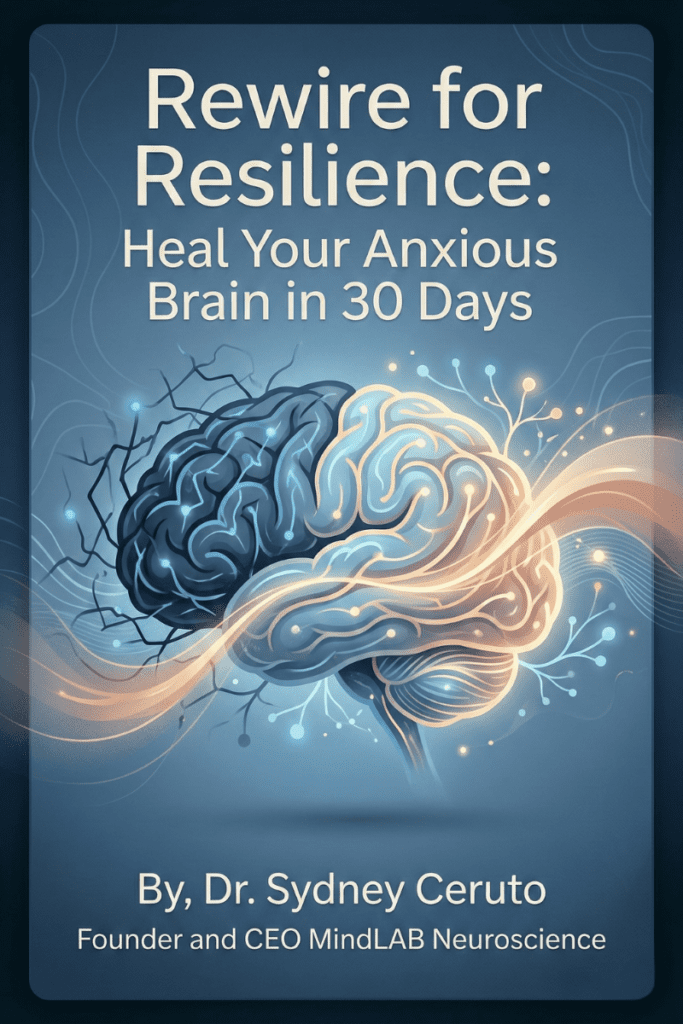Many people grow up with fear of abandonment. Some are plagued by these fears pretty consistently throughout their lives. They worry they’ll be rejected by peers, partners, schools, companies, or entire social circles. For many others, these fears aren’t fully realized until they enter into a romantic relationship.
Things will be going along smoothly, and all of a sudden, they feel inundated with insecurity and dread that their partner will distance themselves, ignore, or leave them.
Everyone experiences this fear at different levels. Most of us can relate to having heightened anxiety over thoughts of rejection. We may be set off by anything from an aloof first date to a longtime partner seeming distracted and unavailable. In extreme cases, people may struggle with “autophobia,” an overwhelming fear of being alone or isolated, in which they perceive themselves as being ignored, or uncared for even when they’re with another person.
They may also experience a fear of abandonment phobia, which is characterized by extreme dependency on others and is commonly seen among individuals diagnosed with Borderline Personality disorders.
The degree to which a person is faced with this fear can shape how they live their lives and experience their relationships. However, there are effective ways for people to develop more security within themselves and overcome their fear of abandonment. They can start by understanding where this fear comes from. How and why does it develop? How does it affect me in my current life? What are strategies for dealing with the anxiety that arises? How can I develop more resilience and experience less fear around relationships?
Where does the Fear of Abandonment come from?
As children, people may experience real losses, rejections, or traumas that cause them to feel insecure and distrusting of the world. These losses and traumas can be dramatic, like the death of a loved one, neglect, or emotional and physical abuse. However, they can also occur at a much subtler level, in everyday interactions between parents and children. In order to feel secure, children have to feel safe, seen, and soothed when they’re upset. However, it’s been said that even the best of parents are only fully attuned to their children around 30 percent of the time.
Exploring their early attachment patterns can offer individuals insight into their fears around abandonment and rejection. Understanding how their parents related to them and whether they experienced a secure attachment versus an insecure one, can give people clues into how they view relationships in the present.
Secure attachments form when caretakers are consistently available and attuned to a child’s needs. However, ruptures in these early relationships can lead children to form insecure attachments. From infancy, people learn to behave in ways that will best get their needs met by their parents or caretakers. A parent who may at one moment be present and meeting the child’s needs, then at another moment be entirely unavailable and rejecting or, on the opposite end, intrusive and “emotionally hungry” can lead the child to form an ambivalent/ anxious attachment pattern.
Children who experience this type of attachment tend to feel insecure. They may cling to the parent in an effort to get their needs met. However, they may also struggle to feel soothed by the parent. They are often anxious and unsure in relation to the parent, who is erratic in their behavior, sometimes available and loving, and other times, rejecting or intrusive in ways that frustrate the child.
How early attachment styles can affect us later on in life.
A person’s early attachment history acts as an internal working model for how he or she expects relationships to work. As a result, people may carry their childhood insecurities and expectations for how others will behave into their adult relationships. Children who experience an ambivalent attachment pattern may grow to have a preoccupied attachment pattern as adults, in which they continue to feel insecure in their relationships.
They often feel desperate and assume the role of the “pursuer” in a relationship. They rely heavily on their partner to validate their self-worth. Because they grew up insecure based on the inconsistent availability of their caregivers, they are rejection-sensitive. They anticipate rejection or abandonment and look for signs that their partner is losing interest.
Adults who experience a fear of abandonment may struggle with a preoccupied attachment style. They frequently anticipate rejection and search for signs of disinterest from their partner. They may feel triggered by even subtle or imagined signs of rejection from their partner based on the real rejections they experienced in their childhood. As a result, they may act possessive, controlling, jealous, or clingy toward their partner. They may often seek reassurance or display distrust. However, their excessive dependency, demands, and possessiveness tend to backfire and precipitate the very abandonment that they fear.
Some people who have a fear of abandonment behave in ways that are punishing, resentful, and angry when their partner doesn’t give them the attention and the reassurance, they believe they need to feel secure. They often believe that unless they dramatically express their anxiety and anger, it is unlikely that the other person will respond to them.
However, some people with preoccupied attachments are more reluctant to express their angry feelings toward a partner for fear of potential loss or rejection. This can lead them to suppress their feelings, which can cause them to build up, and, eventually, spill out in outbursts of strong emotion. Whether they’re repressing or conveying their strong emotions, these individuals are being triggered in the present based on events from their past. Therefore, resolving these emotions is key to feeling stronger in themselves and experiencing healthier relationships.
A person’s early attachment style can also affect his or her partner selection. People often choose partners who fit with patterns from their past. For example, if they felt ignored as children, they may choose a partner who is self-centered or distant. People are rarely aware of this process, but they may feel an extra attraction to a person who reminds them of someone from their past. Or they may find ways to recreate the emotional climate of their childhood. People who are afraid of being abandoned often not only select partners who are less available, but they may also distort their partners, believing them to be more rejecting then they are.
Finally, they sometimes even provoke the other person in ways that influence their partner to pull back and create more distance.
How can we overcome this fear?
Fortunately, a person’s style of attachment is not fixed. We can develop earned secure attachment as adults in several ways. What’s broken in a relationship can often be fixed in a relationship. What I mean by this is not that a person’s current partner can be expected to fill the voids or heal all wounds from one’s childhood, but that experiencing a secure attachment can offer someone a new model for relationships and how people behave in them.
If a person is able to form a relationship with someone who has a long history of being securely attached, that person can learn that he or she doesn’t have to desperately cling to a person to get his or her needs met.
Attachment research has further shown that it’s not just what happens to people in childhood that affect their adult relationships; it’s how much they make sense of and feel the full pain of what happened to them. As human beings, we are not helpless victims of our past, but we do need to face our past in order to create a better future.
One of the most effective ways for a person to develop secure attachment is by making sense of his or her story. I teach my patients the importance of creating a coherent narrative in helping individuals feel more secure and strengthened within themselves. When people make sense of and convey their story, they get to know their patterns and triggers, and they aren’t as instinctively reactive in a relationship – be it with a romantic partner or with their friends, parents, etc.
When people make sense of their past, they may be less likely to feel such intense, knee-jerk fear of abandonment. However, even when they do feel fear, they are far better able to calm themselves down. They can identify where their fear comes from and where it belongs, and they can take actions that are more rational and appropriate to the reality of their present lives. They can enhance and strengthen their relationships rather than reacting with fear and insecurity and creating the distance they so fear.





